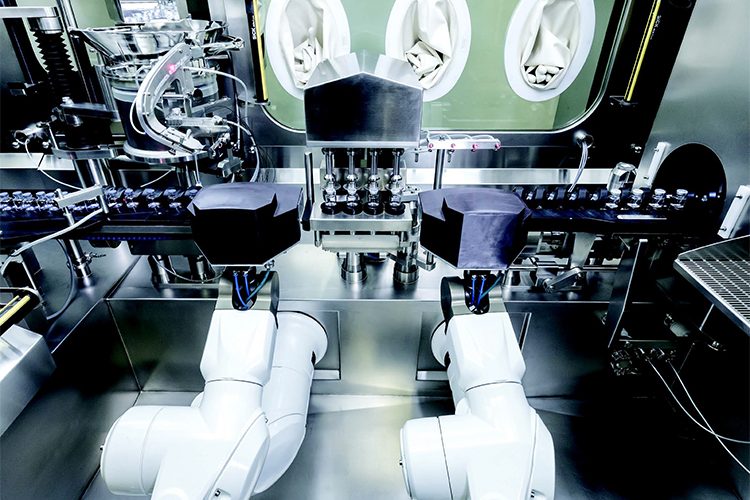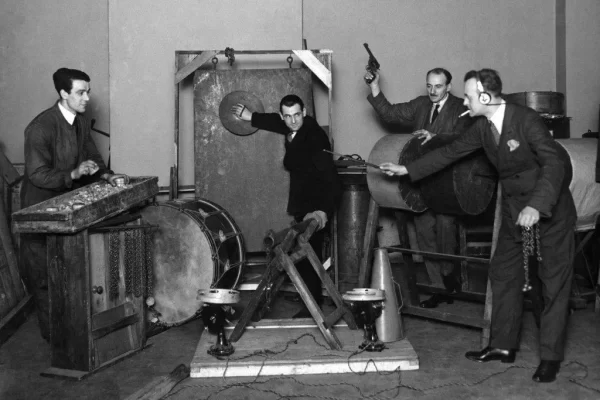Steriline doesn’t just develop, create, and supply a vast array of equipment and solutions used in the global pharmaceutical industry. This extensive and highly specialized manufacturer of ultra-modern products, including mechanic and robotic applications destined for aseptic uses is one among the biggest makers today. Modern technology has changed our daily life and help us in many ways to live comfortably.
It is a single-source supplier of some of the commonly used medical equipment, primarily those used in the aseptic processing and packaging of injectable drugs. Steriline’s assortments of equipment used in mechanic and robotic applications have huge traction for they can be used on both toxic and non-toxic substances.
Steriline is ideally known for its rich list of products, especially its revolutionary washing machines, filling and capping machines and depyrogenation tunnels. It also develops isolators, LAF, oRABS, and cRABS barrier systems. Amazingly, all of these products from Steriline are compatible with the most commonly used clinical equipment, including syringes, ampoules, vials, and cartridges.
Focus on Robotic Applications
The use of robotic applications in the medical world, especially amongst pharmaceutical companies is still in a nascent stage. But among the companies pioneering the acceptance of these pieces of equipment in aseptic processing today is Steriline.
It already has a bevy of them produced and shipped to various institutions across Europe, Asia, and the US. But the reason behind this company’s quest to expand its portfolio of robotic solutions is to not only enhance efficiency, quality, and safety in drug production but also complement the existing norms.
Today, among the robotic machines designed and manufactured by Steriline are:
- Robotic Vial Filling Machines – RVFM
Made based on containment technology, RVFMs are intended to be used in automatic campaign production. The machine’s 12 open Vials work with anthropomorphic-vaporized H202 that agrees to STÄUBLI robot. They all work in filling and stoppering operations concurrently in the machine.
This machine is all about setting minimum format parts and electronically adjusting all the parameters to set the right vial sizes. It uses peristaltic piston pump dosing mechanism and even handles a single-use disposable system option.
Other features of Vial Filling Machine are its nitrogen “before and after” flushing capability, the integrated capping unit as well as the non-reject philosophy that allows it to repeat operation when it detects a missing stopper.
- Robotic Vials Capping Machines – RVCM
Also designed based on containment technology, RVCM is primarily used for campaign production. Like RVFM, its vials work with anthropomorphic-vaporized H202 that agrees to STÄUBLI robot with its 12 vials all used in capping operations.
However, this machine’s minimum format parts and electronic adjustments are of varied vial sizes. Depending on the machine model, vials are “1,” “2” or “4” headed. Other features are its zero-reject philosophy, persistent monitoring of both the viable and non-viable particles. Also similar to RVFM, this machine is fully GMP, GAMP and 21 CFR, Part11 compliant.
- Robotic tub decontamination system – RTDS2
Compact and lightweight and is also available for trays, this system works automatically to decontaminate tubs right before they enter the de-liner station. RTDS2, even though it handles anthropomorphic-vaporized H2O2 compatible STÄUBLI robot, can be fitted in an ISO8 environment.
- Robotic nest filling machine – RNFM
With both a semi-automatic and manual de-bagger station, this robotic machine works well under oRABS, cRABS, and Isolator. It comes, ready-to-use on syringes, vials, and cartridges. Further, aside from its anthropomorphic-vaporized H2O2 compatible STÄUBLI robot, it features a quick changeover and an electronic adjustment with parameters of varied sizes of containers.
Other vital features of this machine are its peristaltic pumps dosing system, its nitrogen gassing station and the fact that it is entirely GMP, GAMP and 21 CFR, Part11 compliant.
Quality and Sustainability
It isn’t out of sheer luck that Steriline has grown to be among the most trusted makers and suppliers of medical equipment all over the world. The company’s 30-year growth can be attributed to its firm adherence to quality, customer satisfaction, and a perpetual will to revolutionize and be the best.
It already has the prestigious ISO certification – ISO 9001:2008 and in 2018 ISO 9001:2015, granted in 2008 and again in 2015. These certifications rubberstamp the company’s guiding principles of devotion to quality in its management practices, production, and the overall organizational structure.
Furthermore, Steriline is a full GMP, GAMP, and 21 CFR, Part11 compliant company. That means it has fully met the medical device regulations set by the FDA, much like the giant drug makers, medical device manufacturers, biotech firms, and biologics developers.
On protecting the environment while using sustainable production techniques in its production premises located near Lake Como, Steriline is on the forefront as well. The company is, in fact, fully cooperating with the various legislations that require manufacturers to use resources economically.





